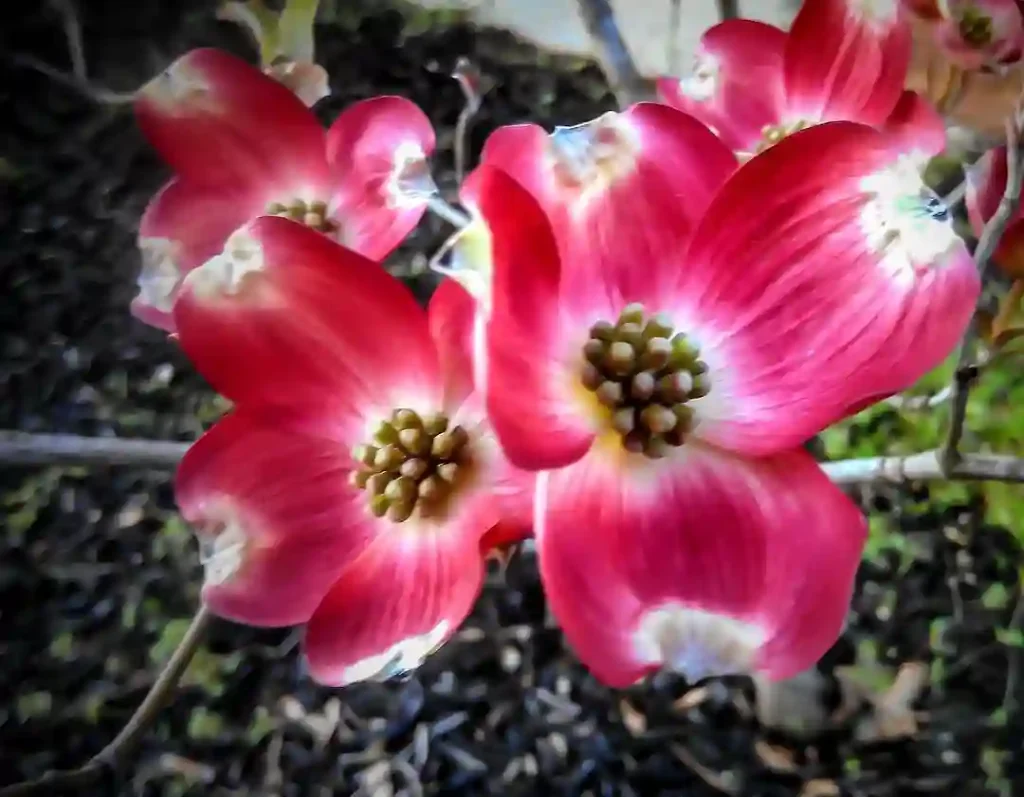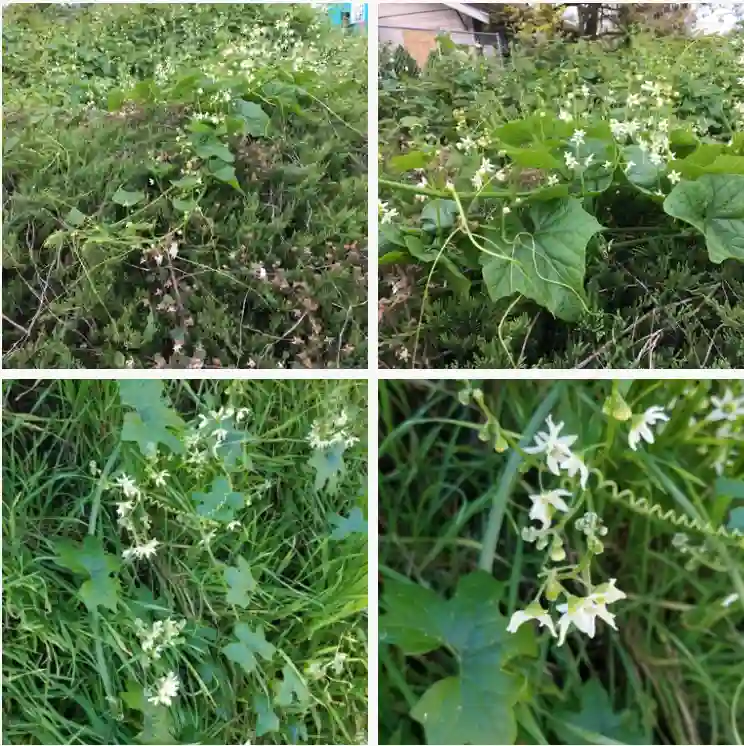FAQs About Ceanothus Hearstiorum: A Comprehensive Guide
Ceanothus Hearstiorum, often known as Hearst’s Ceanothus or Hearst’s California Lilac, is one of my favorite shrubs. This evergreen beauty, native to California, has a unique charm that makes it a standout in any garden. I’ve found that having a thorough understanding of this plant can make all the difference in keeping it healthy and vibrant. Here’s a collection of FAQs that I’ve gathered over the years to help you get the most out of Ceanothus Hearstiorum.
73 Species in Genus Ceanothus
What is Ceanothus Hearstiorum?
Ceanothus Hearstiorum is a species of the Ceanothus genus, commonly known for its striking blue to purple flowers. This shrub is admired for its dense, evergreen foliage and its ability to thrive in dry conditions. It’s a compact plant, growing to about 3 to 4 feet in height with a similar spread, making it perfect for smaller gardens or as a low hedge. The plant is named after William Randolph Hearst, a notable American newspaper publisher and philanthropist.
How to Care for Ceanothus Hearstiorum?
Caring for Ceanothus Hearstiorum is relatively straightforward, but there are a few key things to keep in mind:
- Sunlight: This plant thrives in full sun. Ensure it gets at least six hours of direct sunlight daily. I’ve found that it performs best in a sunny spot where it can bask in the light all day long.
- Soil: Ceanothus Hearstiorum prefers well-drained soil. Sandy or loamy soil is ideal. Avoid heavy clay soils that retain water, as this can lead to root rot.
- Watering: Once established, this shrub is quite drought-tolerant. However, it does need regular watering during its initial growing period. I water mine once a week, and less frequently during the winter months.
- Pruning: To maintain its shape and encourage new growth, prune the shrub after flowering. This helps to remove any dead or damaged branches and promotes a fuller appearance.
How to Propagate Ceanothus Hearstiorum?
Propagating Ceanothus Hearstiorum can be done through cuttings or seeds:
- Cuttings: Take softwood cuttings in late spring or early summer. Dip the cut ends in rooting hormone and plant them in a well-draining potting mix. Keep the cuttings moist and in a shaded area until they develop roots. I’ve had good success with this method by using a plastic dome to maintain humidity.
- Seeds: You can also grow Ceanothus Hearstiorum from seeds. Sow the seeds in a seed tray filled with a well-draining mix. Keep the soil moist and provide warmth to encourage germination. This method takes longer but is also effective.
What to Plant with Ceanothus Hearstiorum?
Ceanothus Hearstiorum pairs well with various plants, enhancing the beauty of any garden:
- California Poppies: The bright orange flowers of California poppies contrast beautifully with the blue hues of Ceanothus Hearstiorum.
- Lavender: Both plants thrive in similar conditions, and their colors complement each other well.
- Sage: The grey-green foliage of sage provides a nice contrast to the dark green leaves of Ceanothus Hearstiorum.
How to Use Ceanothus Hearstiorum in Landscaping?
Ceanothus Hearstiorum is a versatile plant in landscaping:
- Ground Cover: Its spreading habit makes it an excellent choice for ground cover in sunny areas.
- Low Hedges: The compact size and dense foliage are perfect for creating low hedges that define garden beds or pathways.
- Accent Plant: Use it as an accent plant to highlight other shrubs or perennials in your garden.
Is Ceanothus Hearstiorum Toxic?
Ceanothus Hearstiorum is not listed as toxic to humans or pets. However, as with many plants, it’s best to keep an eye on pets and children to prevent them from eating any plant parts.
Common Problems and Solutions
- Pests: Ceanothus Hearstiorum can occasionally attract pests like aphids or spider mites. Regularly inspect your plant and use insecticidal soap if needed.
- Diseases: Root rot is a common issue in poorly-drained soils. Ensure good drainage to prevent this problem.
- Flower Drop: If the plant isn’t blooming as expected, check for issues with sunlight or water. Ensuring it gets enough of both can help resolve this.
I hope these FAQs help you enjoy Ceanothus Hearstiorum as much as I do. Whether you’re looking to add a splash of color to your garden or create a beautiful, low-maintenance hedge, this plant is a fantastic choice.
If i die, water my plants!



